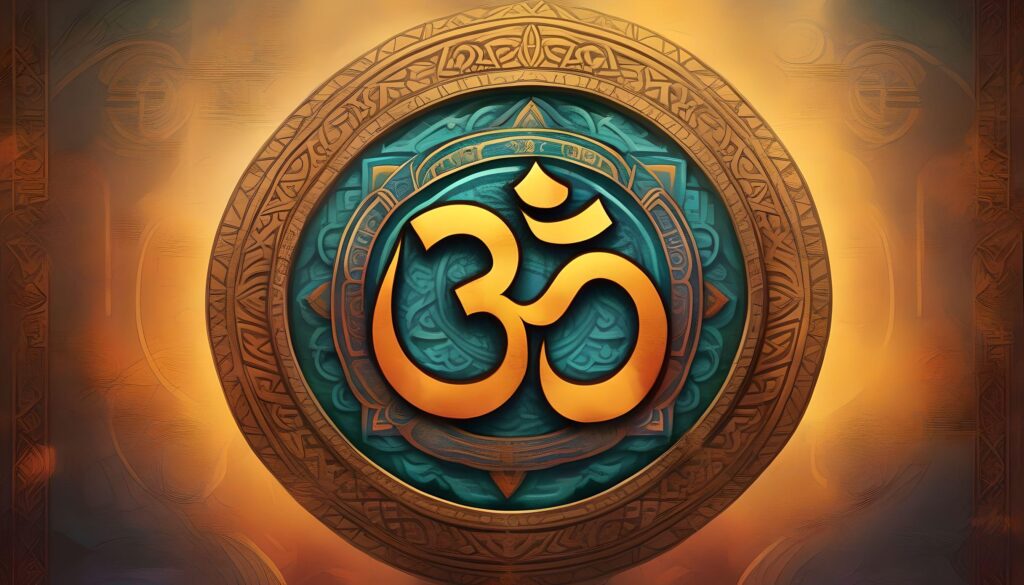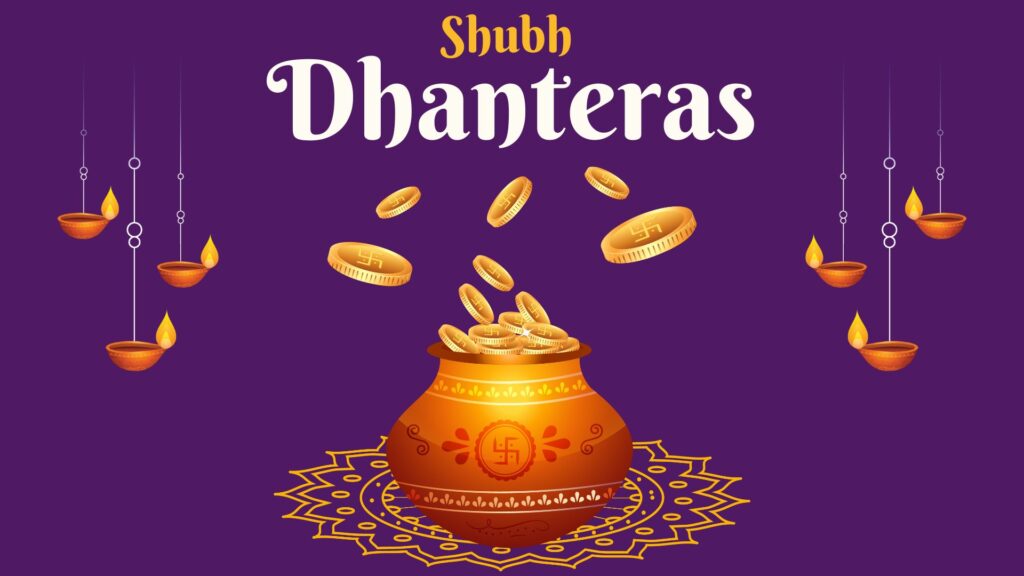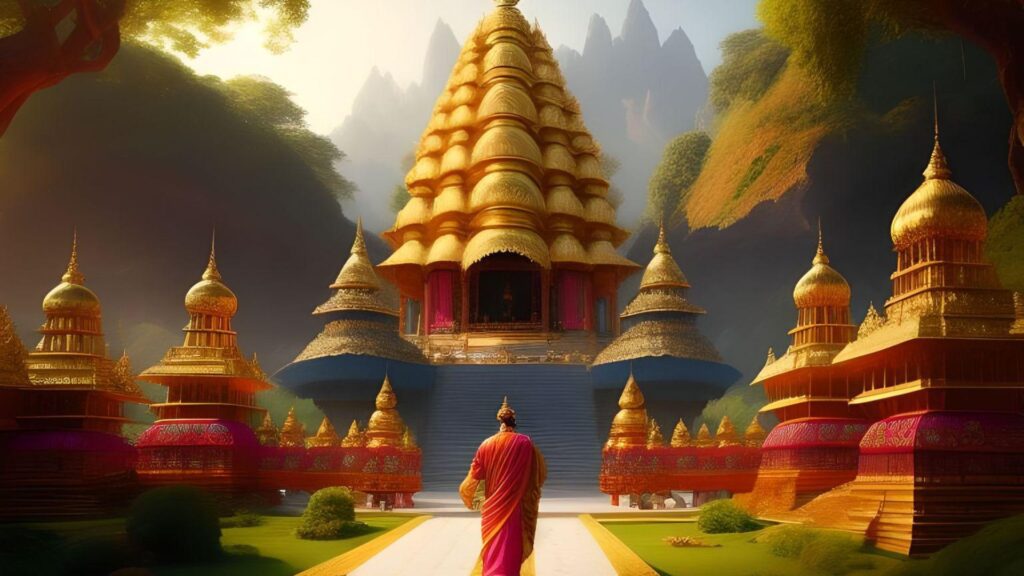Sanskrit: Number 1 best -Ancient Language of India
Introduction
Sanskrit, an Indo-Aryan language of antiquity, occupies a prominent position in the cultural and historical fabric of India. Considered the classical language of India and Hinduism, it served an essential purpose in the dialogue and communication of the Hindu deities. Sanskrit is also extensively employed within the faiths of Jainism, Buddhism, and Sikhism. This article aims to illuminate the abundant linguistic and cultural heritage of Sanskrit by examining its origins, characteristics, and influence.
Origins of Sanskrit
It is believed that Sanskrit originated directly from the gods. Hindu mythology posits that the language originated with the deity Brahma, who subsequently transmitted it to the Rishis (sages) residing in heavenly dwellings. Then, these Rishis imparted the language to their disciples on Earth, which led to its subsequent adoption. The written manifestation of Sanskrit originated in the 2nd millennium BCE with the transcription of the Rigveda, an anthology of sacred hymns, which had been passed down orally for centuries. As evidenced by the Rigveda, this era, known as the Vedic period, is distinguished by the exuberance and purity of the Sanskrit language.
Vedic Sanskrit
The Vedas contain the earliest form of Sanskrit, known as Vedic Sanskrit, which is predominantly found in the Rigveda, Puranas, and Upanishads. These sacred texts safeguard the language in its most pristine and authentic form. Written down between 1000 and 500 BCE, the Vedas were orally transmitted for generations prior to their composition. Vedic Sanskrit is renowned for its extensive lexicon, complex phonology, grammatical rules, and syntax that have persisted to the present day. It comprises a total of 52 characters, of which 16 are vowels and 36 are consonants; this composition has remained unchanged over time. The preservation of this antiquated language in its most pristine state enables words to be formed and pronounced flawlessly.
Classical Sanskrit – Ashtadhyayi
At the conclusion of the Vedic period, with the composition of the Upanishads, the final sacred texts, classical Sanskrit emerged. Sanskrit was standardized by grammarian and linguist Panini, who introduced the refined form of the language. His Ashtadhyayi, which translates to “eight chapters,” is the seminal and evaluative work in Sanskrit grammar. This exhaustive text comprises 3,959 systematized rules, which offer profound insights into the grammatical structure, vocabulary, and word formation of the language. Preeminent in its conciseness and accuracy, it continues to be the primary reference for Sanskrit grammar. In numerous forms, classical Sanskrit, as it was codified by Panini, is still in use today.
Impact on Language and Culture
Hindustani, Kannada, Malayalam, and several other Indian languages have been significantly impacted by Sanskrit. It has significantly influenced the development of the Sino-Tibetan languages by disseminating and translating Buddhist texts. Telugu, a language that shares profound connections with Sanskrit, has significantly expanded its lexicon through borrowings. The Javanese, Indonesian, Chinese, Thai, Sri Lankan, and Malay languages have all been impacted by Sanskrit, as evidenced by the remarkable similarity of many words. The Indo-European language English, in particular, has assimilated a multitude of loanwords from Sanskrit, thereby exemplifying the language’s worldwide influence.
Cultural Significance
Sanskrit is of profound cultural importance within the faiths of Sikhism, Jainism, Buddhism, and Hinduism. Ancient poetry, drama, religious literature, and philosophical treatises were composed in this language. The expressive nature of Sanskrit, which is a result of its complex phonetic structure, facilitates the accurate and substantial articulation of sentiments and concepts. Due to its profound literary heritage and divine association, the language is an indispensable component of religious observances, rituals, and hymns. Sanskrit remains actively employed in contemporary religious practices, notably in Carnatic music, where bhajans, shlokas, stotras, and kirtanas are performed in adoration of the deities.
Decline and Revival
The prevalence of Sanskrit as an oral language has waned with the passage of time. Although it is still spoken in certain regions of India, it is otherwise extinct. However, Sanskrit continues to be taught in academic institutions around the globe and remains an essential language for the study of ancient texts. Sanskrit has been the subject of initiatives to reestablish its teaching and conservation. Sanskrit is acknowledged as one of the 14 indigenous languages of India by the Indian Constitution, underscoring its historical and cultural importance. Notwithstanding its diminished prevalence as a spoken language, Sanskrit’s enduring impact and heritage persistently sculpt Indian culture.
Conclusion
The ancient Indian language Sanskrit occupies a unique and significant position in the minds and souls of individuals. Its profound influence on other cultures and languages, its linguistic richness, and its Hindu mythological origins collectively contribute to its status as an unparalleled and priceless heritage. The profound impact that Sanskrit has had on philosophy, religion, and literature cannot be overstated. Despite the decline in its spoken usage, the language continues to hold immense significance as a divine language and a conduit for conveying profound thoughts and emotions. Sanskrit exemplifies the profoundness and aesthetic appeal of India’s cultural fabric, standing as a symbol of its abundant heritage.








